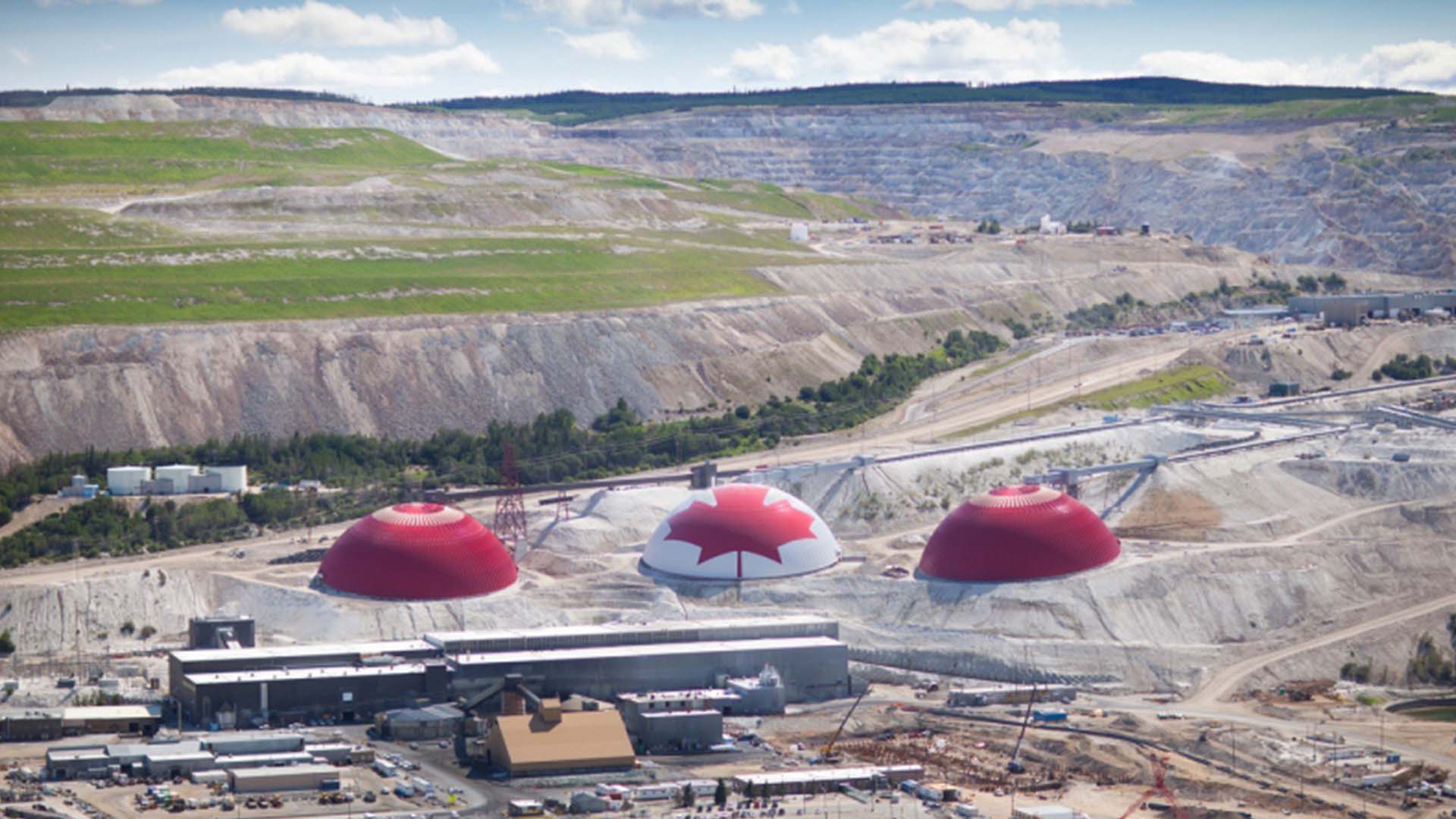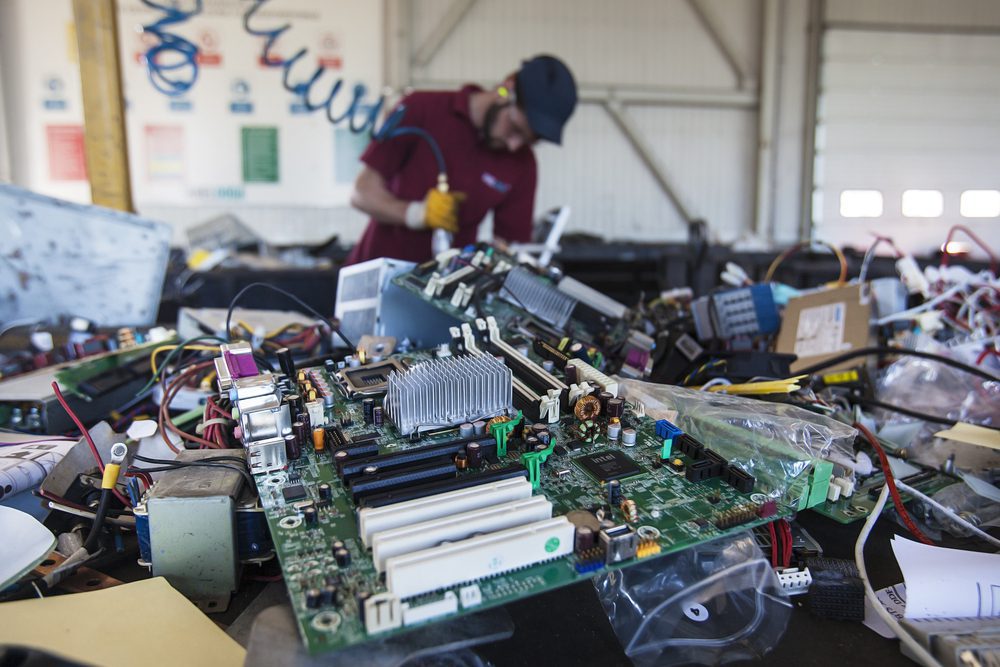One of the earliest metals to be discovered and used by humans, the history of copper and copper mining dates back approximately 10,000 years.
Early History
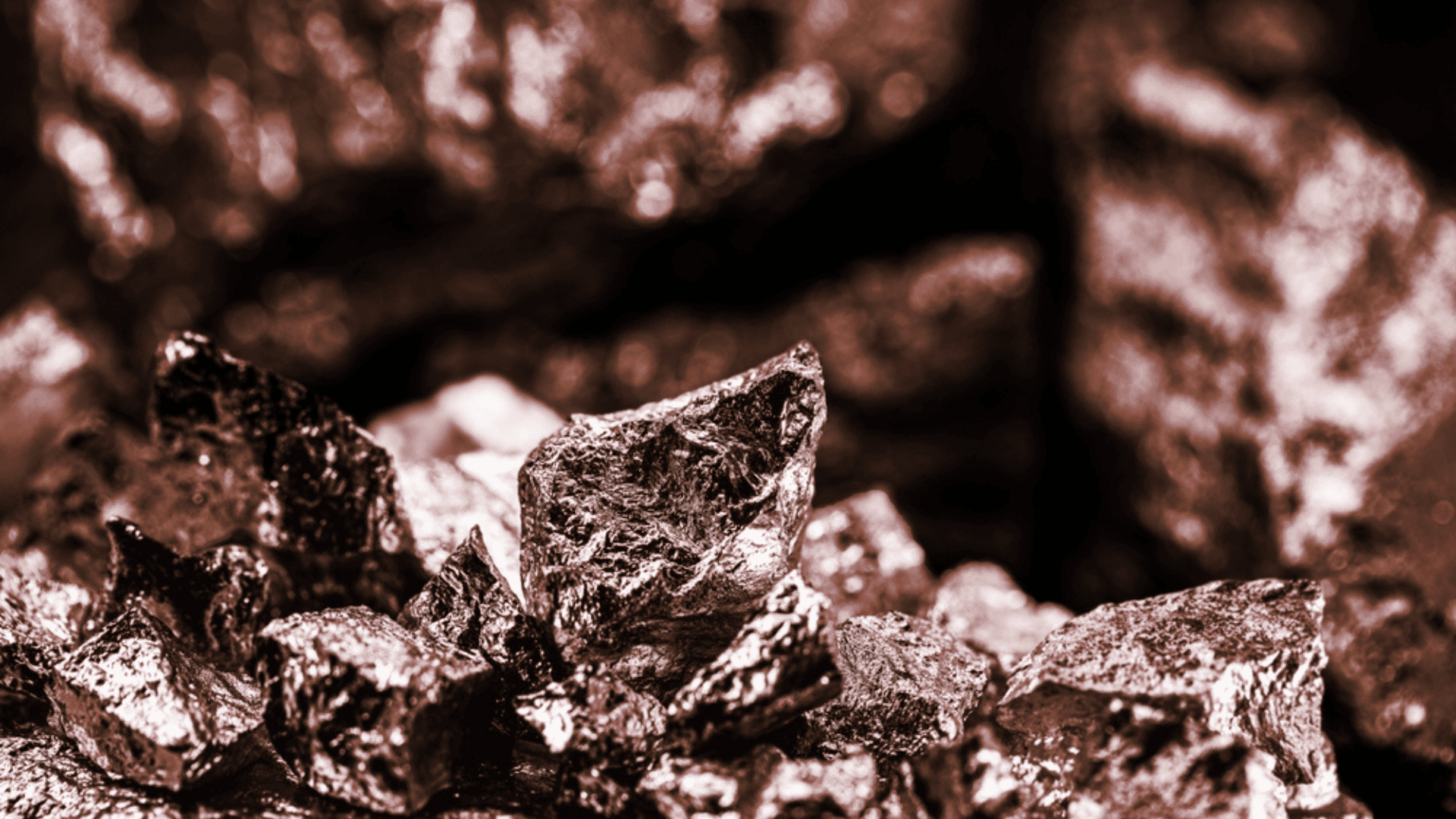
Copper was discovered during the Neolithic Period or New Stone Age around 8000 BCE. Humans used native copper as a substitute for stone, building simple hammers, knives, and other utensils.
After 6000 BCE, humans discovered that melting copper in a campfire would allow them to cast it into a new shape. This caused humans to realize the relation between metallic copper and copper-bearing rock and that they could turn ores to metal by using fire and charcoal.
The early development of copper was most advanced in Egypt, where in 5000 BCE copper weapons and implements were left in graves. Records have shown the working of copper mines on the Sinai Peninsula in 3800 BCE and the discovery of crucibles at the mines have indicated that the extracting process of the time also included some refining.
Copper was hammered into thin sheets, which were molded into pipes and other objects. This is also where bronze, an alloy of copper and tin, began to be more widely used.
The Bronze Age
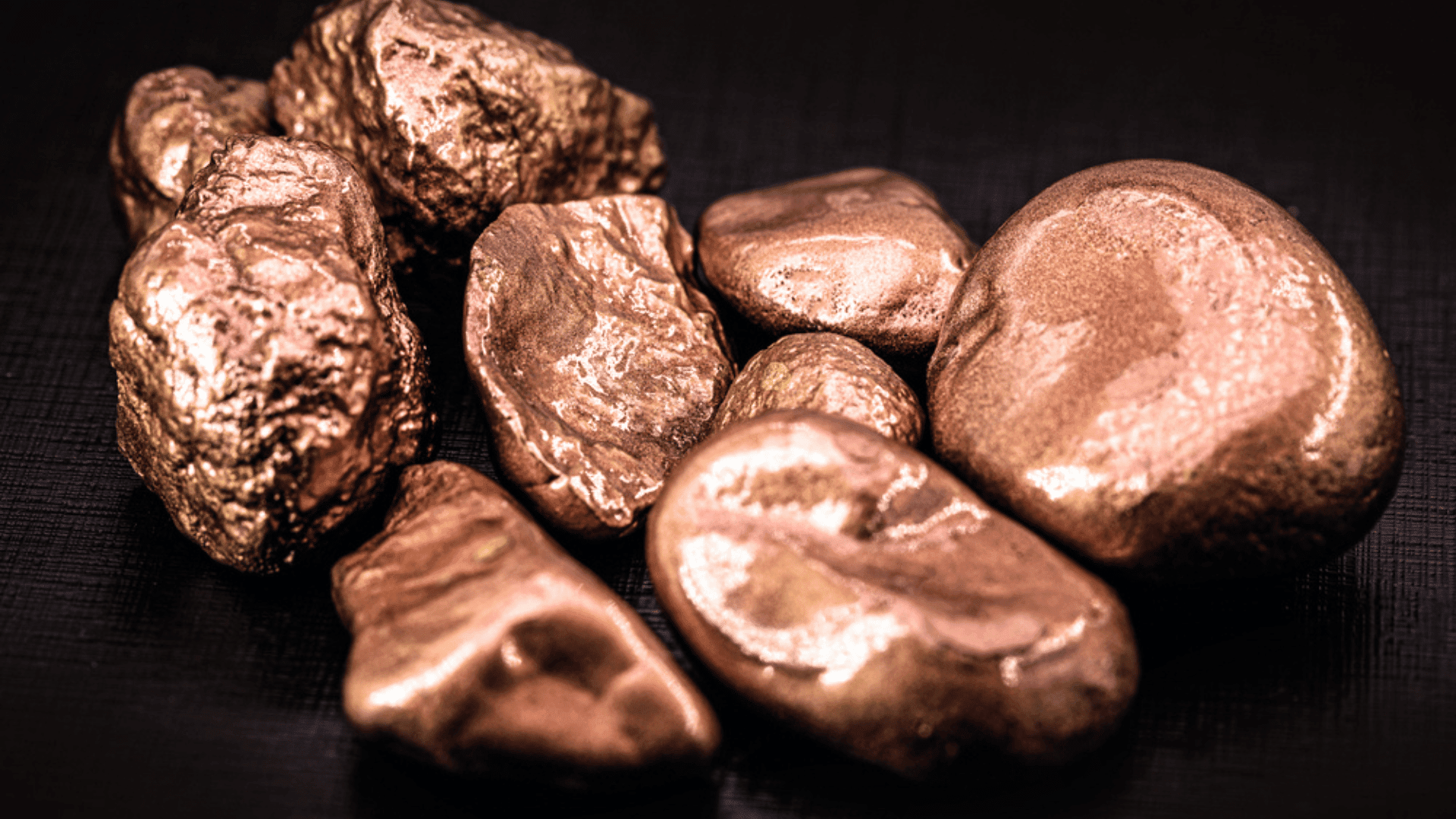
The oldest known piece of bronze is a rod found in the pyramid at Maydūm (Medum) near Memphis in Egypt. Copper and bronze were both used in Egypt to create mirrors, razors, instruments, weights, balances, and adornments on temples.
This period, also known as the Bronze Age, saw the use of bronze spreading to the Mediterranean area including Crete, Sicily, France, Britain, and Scandinavia. Though the first use of copper and bronze in Asia is unknown, the epics of the Shujing mention the use of copper in China as early as 2500 BCE.
Literature from this era showcases how well-developed Chinese metallurgy was during this time. This includes detailed discussions of the exact proportions of copper and tin used to produce different alloy grades for casting items such as bells, cauldrons, swords, spears, mirrors, and arrows.
Explore Tomorrow's World from your inbox
Get the latest science, technology, and sustainability content delivered to your inbox.
I understand that by providing my email address, I agree to receive emails from Tomorrow's World Today. I understand that I may opt out of receiving such communications at any time.
Copper in the US
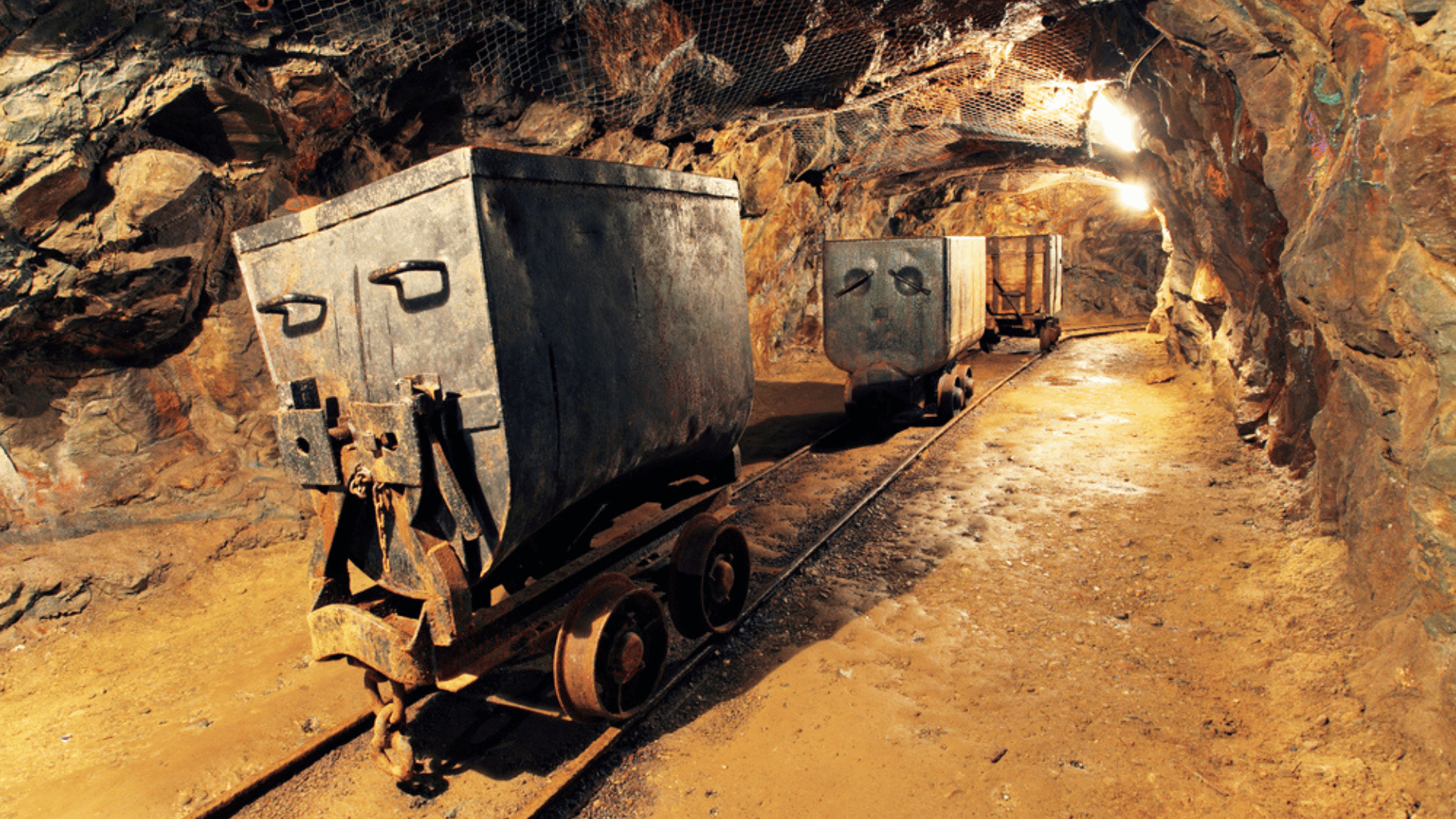
In the Americas, spearpoints, knives, awls, and spades were made from copper deposits mined by Native Americans between 3000-1000 BC. Its uses developed slowly until after the arrival of Columbus and European explorers.
At that time, both North and South America shifted from the Copper Age to the Iron Age. After weapons were made from steel and iron, copper began to be used for household utensils, water pipes, marine uses, and other functions that required corrosion resistance.
The large-scale mining of copper in the US began in the 1800s when small mines existed around the country but were only able to extract copper from high-grade ores. The development of efficient flotation processes around the turn of the century opened up the exploitation in Arizona, Montana, and Utah of large porphyry ore deposits in which copper-bearing minerals are widely dispersed throughout the host rock.
Open-pit mining techniques were developed for the low-grade porphyry deposits and the US became the world’s largest producer of copper. Brass, an alloy of copper and zinc, began to gain popularity along with new melting and rolling techniques, making objects such as brass buttons, copper vessels, pins, and clock brass.
Iron wire was used in the telegraph system until 1877 when the world shifted to the electrical wire mill industry. A Connecticut brass mill man, Thomas Doolittle, developed hard-drawn copper wire durable enough to be strung overhead. As the telephone rapidly commercialized, both the system and the growing electric power grid began to consume even larger quantities of copper wire.
Since World War II, annual world consumption of copper has grown by around a factor of 30. And, despite its long history, approximately three-quarters of all copper ever consumed has been produced since this period.
Tune in to the Science Channel to watch Conducting Change at 10 AM on Saturday, April 20!



